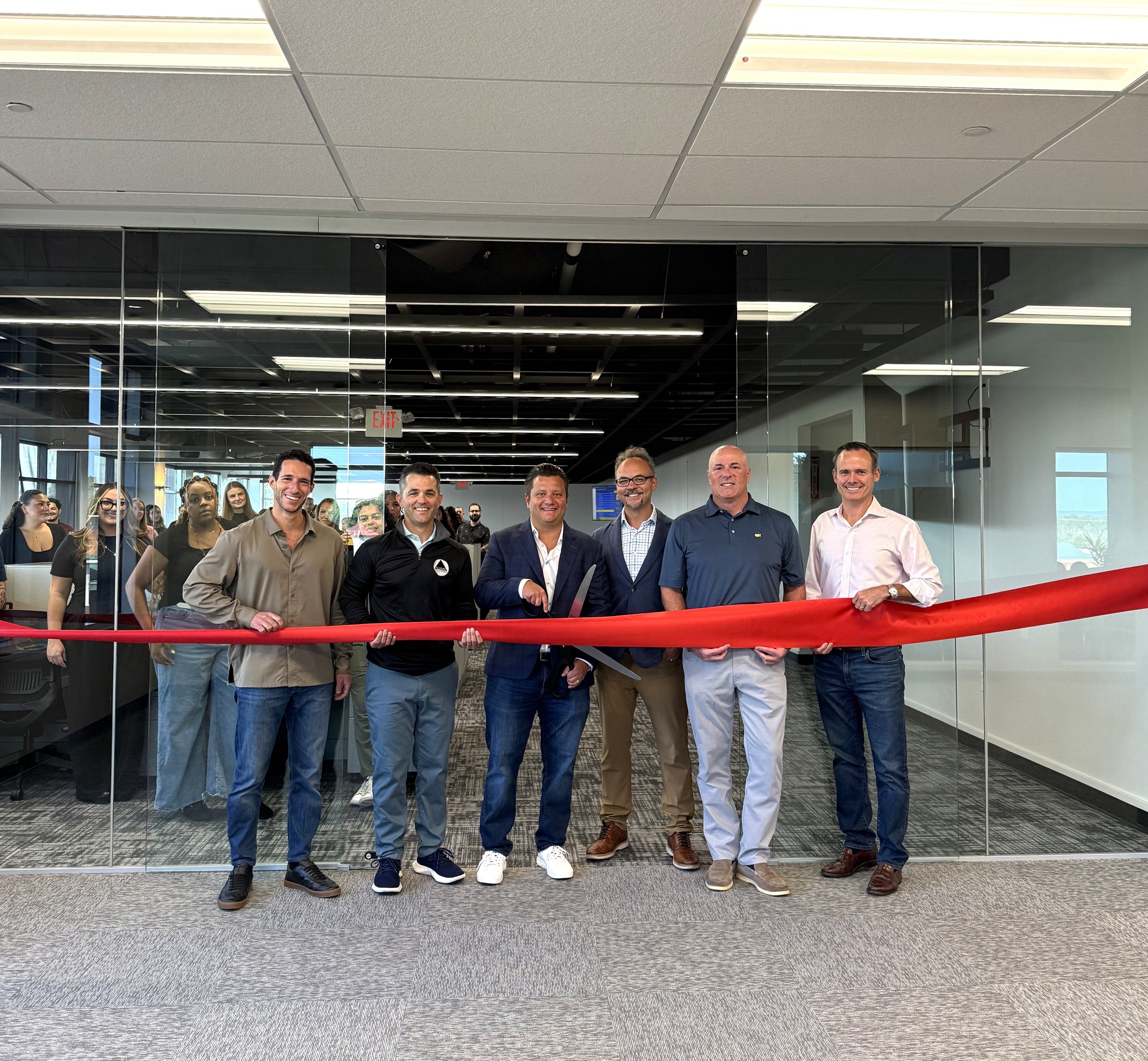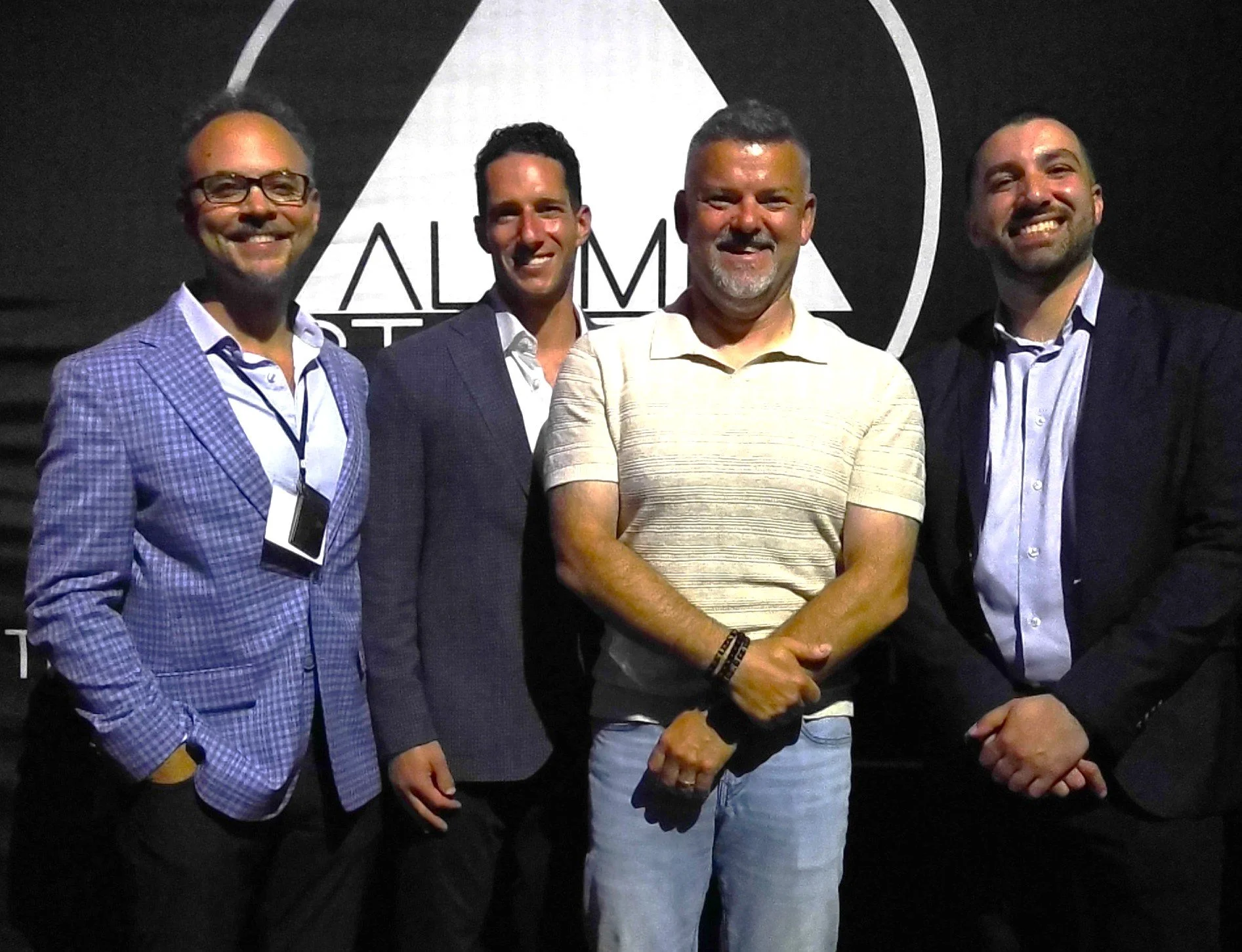The healthcare workforce is undergoing significant transformation in 2025. Staffing firms, healthcare systems, and providers must all stay nimble to keep up with shifting demands, technological innovation, and evolving expectations from both workers and patients. Here's a look at the top healthcare staffing trends shaping the industry in 2025.
1. Flexibility Is the New Standard
Clinicians are prioritizing work-life balance more than ever. In response, facilities are moving away from rigid schedules and toward flexible staffing models, including:
This shift is driving demand for agile staffing solutions that can accommodate both provider preferences and patient care needs.
2. Locum Tenens on the Rise
Locum tenens continues to grow—not just as a stopgap solution, but as a preferred career path. Providers are increasingly choosing locums for the variety, competitive compensation, and lifestyle flexibility it offers. In-demand specialties include:
Emergency medicine
Psychiatry
Anesthesiology
Primary care
Facilities are leaning on locum tenens professionals to maintain continuity of care amid persistent physician shortages.
3. Technology Is Streamlining Staffing Operations
Healthcare staffing firms are investing in technology to match talent faster and reduce administrative burden. In 2025, the most successful firms are leveraging:
AI-powered candidate matching
Mobile-first scheduling platforms
Automated credentialing and compliance tools
This tech-enabled approach improves speed-to-placement and enhances the provider and client experience.
4. Mental Health Staffing Is a Critical Focus
With behavioral health concerns on the rise, the demand for mental health professionals has surged. Facilities are urgently seeking:
Staffing agencies play a key role in addressing these gaps, especially in schools, community health centers, and correctional facilities.
5. Credentialing Is Getting Faster—But Still a Bottleneck
Licensing and credentialing delays remain a pain point in staffing. However, new systems—such as interstate licensure compacts and credentialing automation—are helping to streamline the process. Agencies that prioritize fast, accurate onboarding have a competitive advantage in this environment.
6. The Aging Workforce Is Creating Urgency
A large segment of the clinical workforce is nearing retirement. This is placing more pressure on staffing firms to:
Recruit new grads and early-career providers
Retain experienced clinicians with flexible and phased retirement options
Help facilities plan for succession
Proactive staffing strategies are essential as the industry braces for a significant talent drain.
7. Diversity, Equity & Inclusion (DEI) in Hiring
Healthcare systems are emphasizing the importance of diverse and inclusive hiring practices. Staffing firms are being asked to support these initiatives by:
Broadening candidate pools
Reducing bias in recruitment workflows
Tracking and reporting DEI metrics
Facilities want talent that reflects the communities they serve—and staffing partners must help deliver.
Final Thoughts
As the healthcare landscape continues to shift, staffing firms must stay ahead of the curve. From leveraging tech to embracing flexibility and expanding access to care, 2025 is a year of opportunity for those ready to innovate.
At Alumni Staffing, we're committed to helping healthcare organizations and providers adapt to this evolving landscape with smart, responsive staffing solutions.
Ready to meet 2025 head-on? Contact us today to learn how we can help you stay fully staffed and future-ready.
























